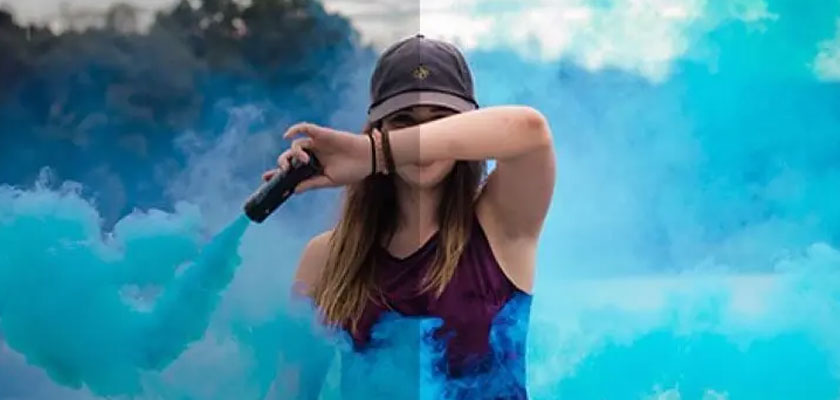5 Tips To Prepare Photos For A Website
Images are an inseparable part of website design. But in addition to the appearance, images determine the weight of your website and affect the speed at which pages will load.
In order to achieve an optimal ratio of the quality of photos and at the same time not to worsen the loading time, it is necessary to process images before adding them to your website. Here are some simple tips that will help you make photos for a website.
1.) Find High Quality Photos
It’s no secret that people always judge the appearance of a person, a product, etc. Your website should attract as much attention as possible, so it is very important to have stunning content and a breathtaking visual range.
Choose high-quality photos that match your website. Remember that first impressions play an important role. There are many websites with a selection of high-quality stock photos. But we recommend using your own photos, as they are unique and will convey your message better.
2.) Post-Processing: Why is it Necessary?

Post processing will eliminate flaws and make it more attractive. Sometimes it is enough to make a couple of light touches, other times you will have to use all the functions of a graphic editor.
Suggestions for photo post-processing:
– You should try to create a single mood with your photos
– Make your photos bright, clear, with excellent contrast and correct white balance
– Make your photographs the right size and resolution for your website
– You should make sure that the background of your photos is balanced and each element has enough “air”.
These techniques are enough to make your photos stand out. There are many ways to edit photos, but the most convenient way is to use a photo editor. Since all the necessary functions are already within, you can turn your photos into masterpieces in no time.
3.) How to Protect Your Work
You have two options: never post your artwork on the Internet or protect it with watermarks.
A watermark is a semi-transparent pattern, inscription or logo that is placed on top of a photo. It helps to protect photos from unauthorized use.
Article written by Design Beep.
